The website Fulcrum.Sg recently commented that if La Nina appears as predicted, this could be a "double-edged sword" for affected areas, including Southeast Asia.
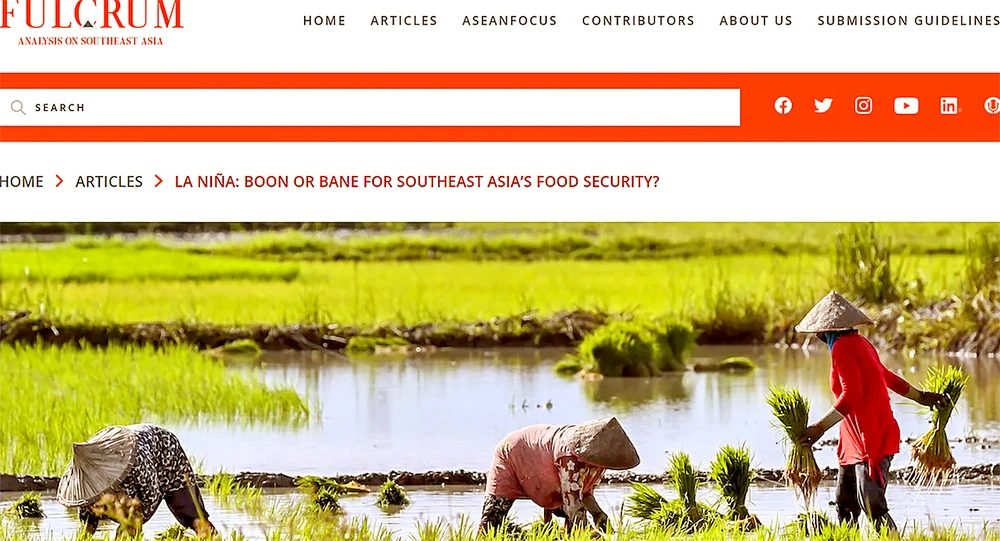
Benefits and harms
According to the article, some Southeast Asian countries are forecasting La Nina conditions from August to October 2024. In contrast to El Nino’s severe heat waves and droughts, La Nina is often associated with cooler and wetter weather. La Nina typically increases rainfall in some parts of Southeast Asia, especially in the Philippines, Indonesia and Malaysia. The extra rainfall, coinciding with the planting season, can improve soil moisture, thus benefiting crops, but heavier-than-normal rain and wind can cause floods or more destructive storms.
However, experts say climate change has made La Nina more severe, which could increase the risk of flooding, particularly in low-lying agricultural areas. If rainfall coincides with key periods in the crop cycle, La Nina can also cause significant damage to mature crops and exacerbate pest and disease outbreaks.
Notably, localities affected by last year’s strong El Niño may have experienced adverse environmental, social and economic impacts that could impact yields in subsequent growing seasons. For example, soil compacted by heat and drought in 2023-2024 may have difficulty absorbing rainwater quickly, leading to higher runoff and flooding.
Proactively minimize risks
La Nina often impacts global supplies of major cereals by causing drought and low yields in Argentina and Brazil, both major exporters of cheap cereals. This decline can sometimes be offset by agricultural gains in China, India, Australia and parts of North America due to favorable weather, although the timing and intensity of rainfall is important. Flooding during harvest can lead to lower yields.
Southeast Asia is a major importer of grains and oilseeds. Indonesia is one of the world’s top three wheat importers, and the Philippines is among the top 10. Many Southeast Asian countries are net importers of corn. Wheat is used for food and feed, while most corn is used for animal feed. Any global supply shortage would increase meat prices in Southeast Asia, impacting food security.
The paper concludes that regardless of La Nina's impact, Southeast Asian countries should be proactive in mitigating risks and seizing potential benefits.
Measures include helping farmers recover quickly from last year's El Nino-related challenges, preparing for possible meat price inflation and supply chain disruptions due to reduced grain yields in La Nina-affected areas of Latin America.
In the long term, policymakers will also need to invest in improving research and development for climate-resilient crops, ensuring long-term food sustainability and resilience in the region.
VIET ANH
Source: https://www.sggp.org.vn/la-nina-co-the-la-dao-hai-luoi-doi-voi-dong-nam-a-post755492.html




![[Photo] Lam Dong: Panoramic view of Lien Khuong waterfall rolling like never before](/_next/image?url=https%3A%2F%2Fvphoto.vietnam.vn%2Fthumb%2F1200x675%2Fvietnam%2Fresource%2FIMAGE%2F2025%2F11%2F20%2F1763633331783_lk7-jpg.webp&w=3840&q=75)
![[Photo] National Assembly Chairman Tran Thanh Man holds talks with South Korean National Assembly Chairman Woo Won Shik](/_next/image?url=https%3A%2F%2Fvphoto.vietnam.vn%2Fthumb%2F1200x675%2Fvietnam%2Fresource%2FIMAGE%2F2025%2F11%2F20%2F1763629724919_hq-5175-jpg.webp&w=3840&q=75)
![[Photo] President Luong Cuong receives President of the Senate of the Czech Republic Milos Vystrcil](/_next/image?url=https%3A%2F%2Fvphoto.vietnam.vn%2Fthumb%2F1200x675%2Fvietnam%2Fresource%2FIMAGE%2F2025%2F11%2F20%2F1763629737266_ndo_br_1-jpg.webp&w=3840&q=75)














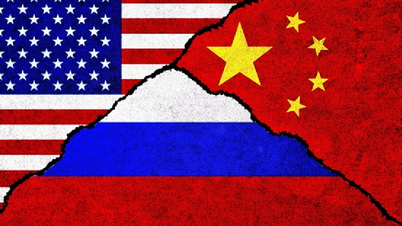
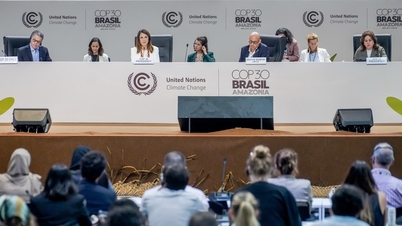







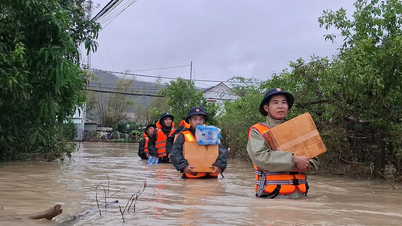
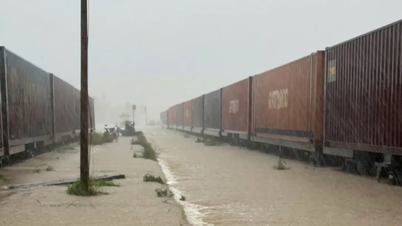
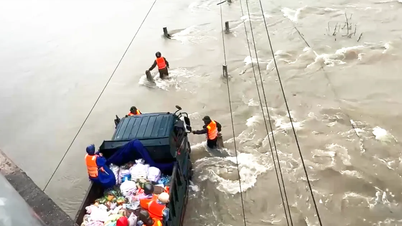

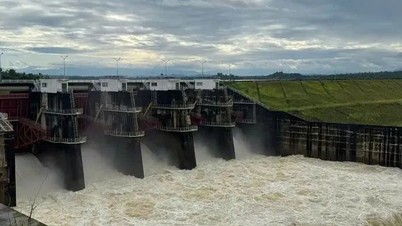








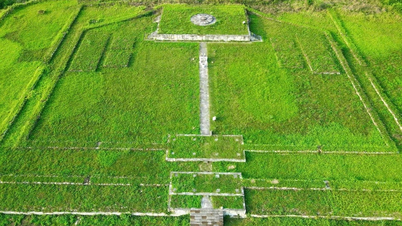
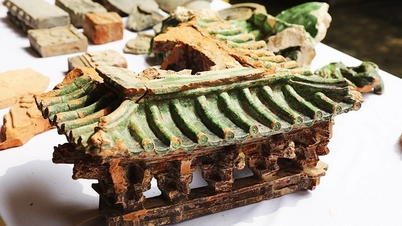

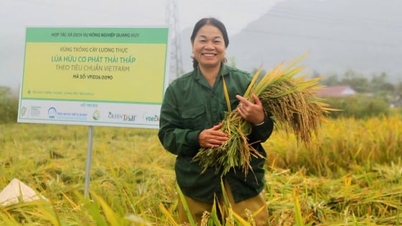



















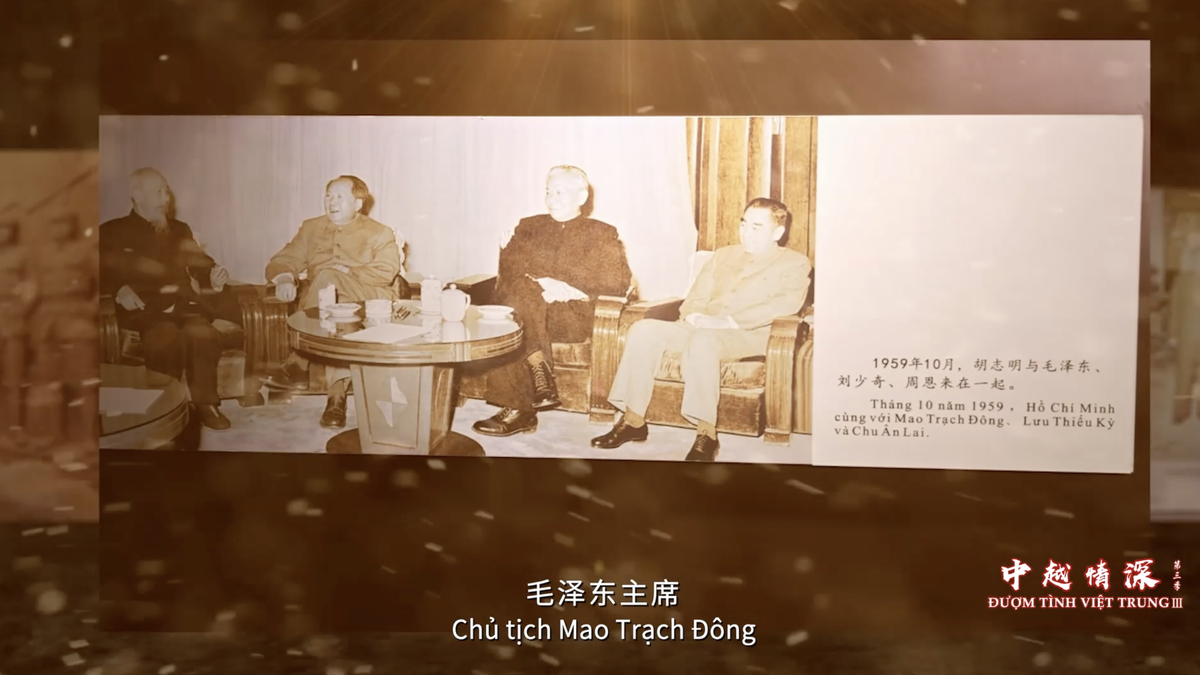

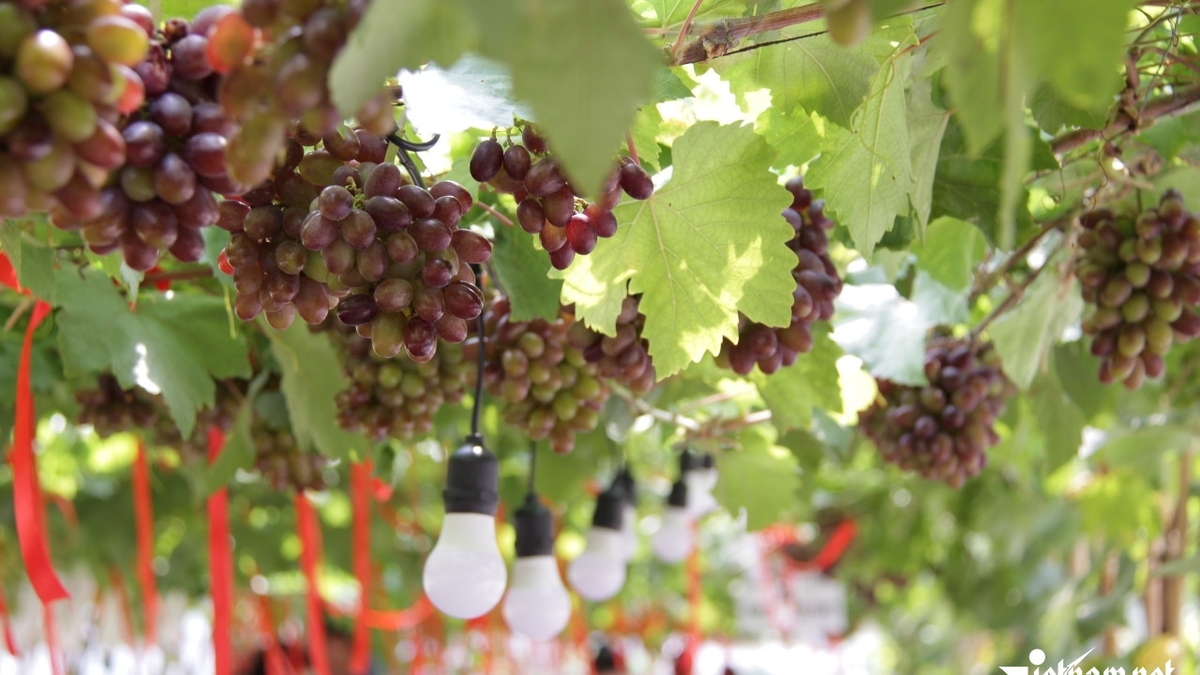
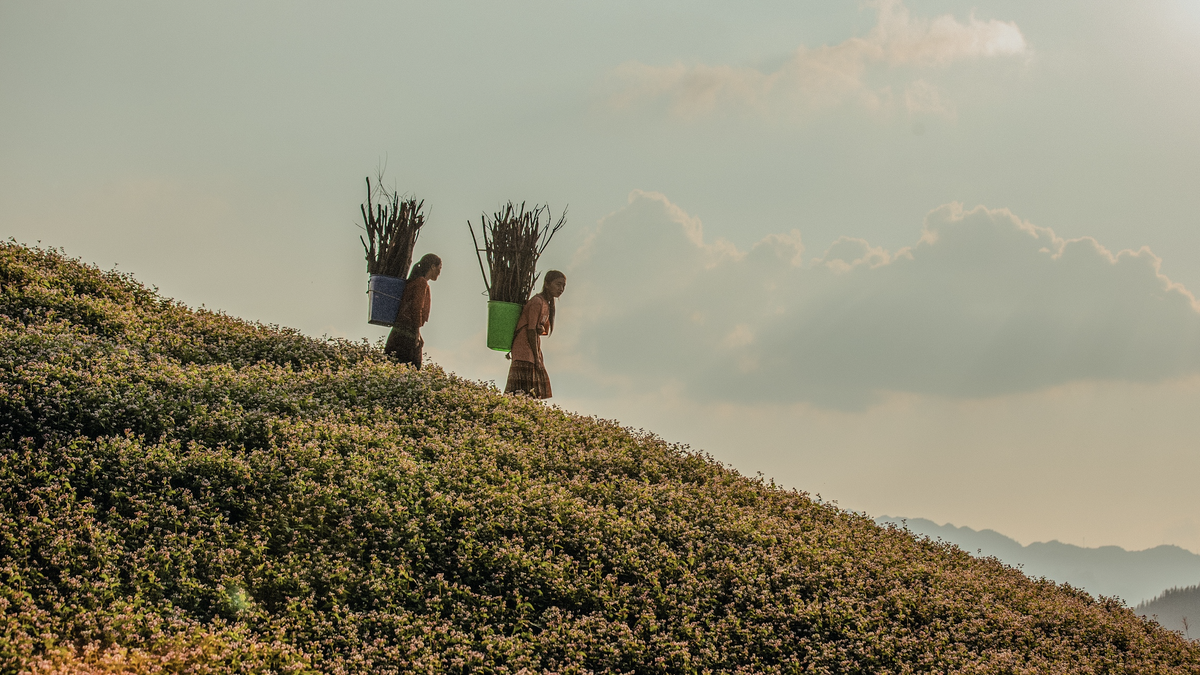

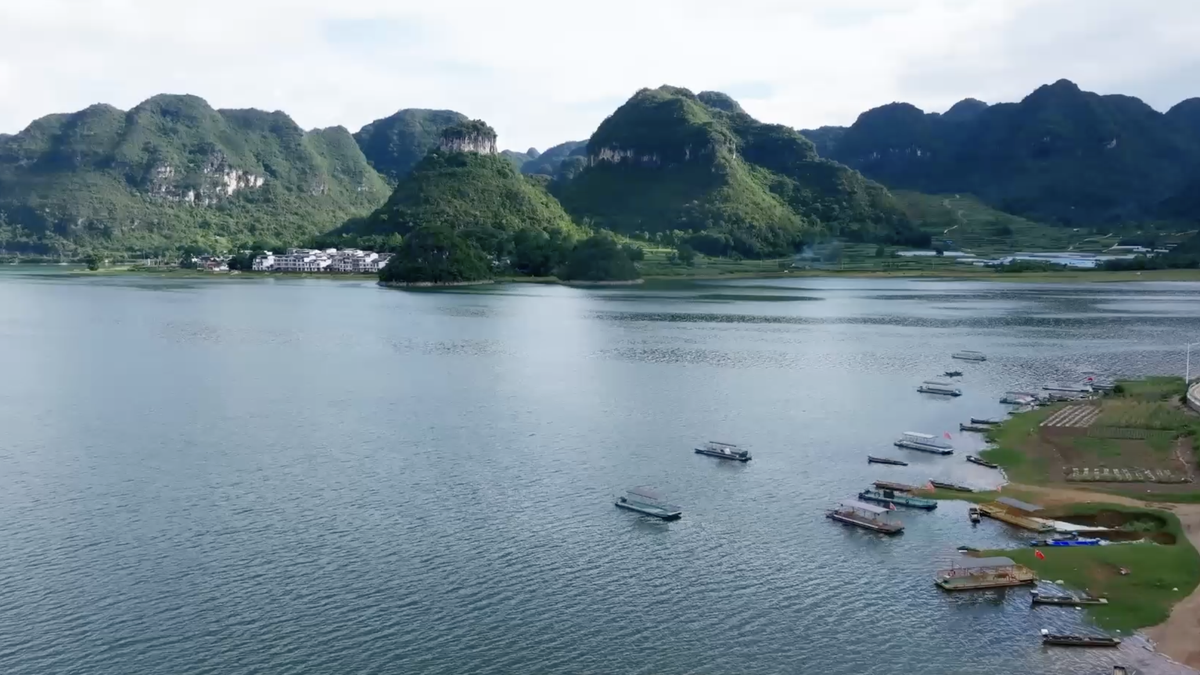
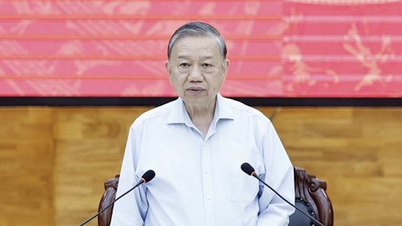

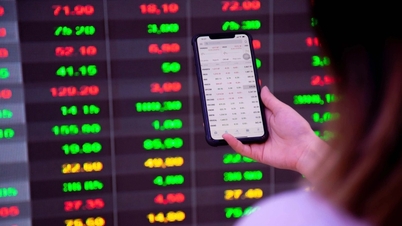













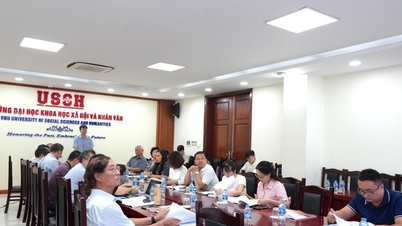


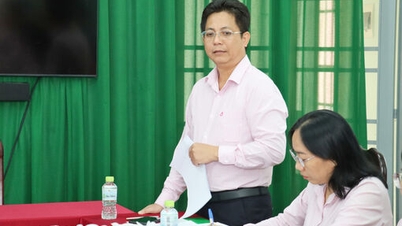

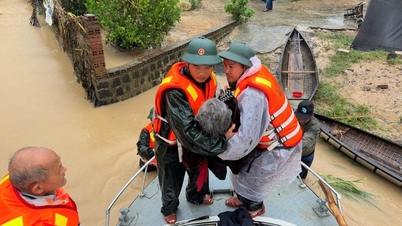



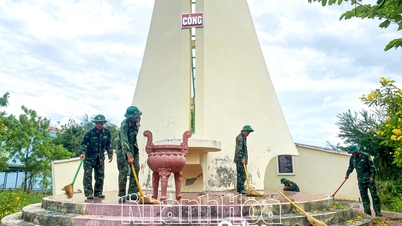

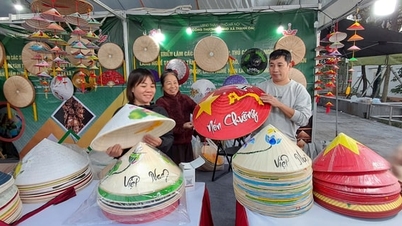

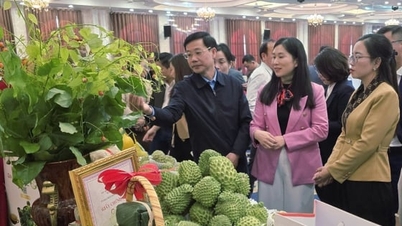
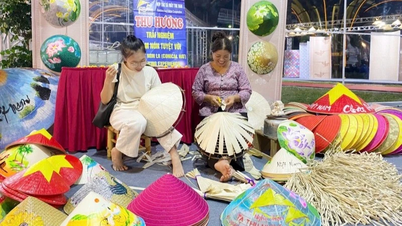




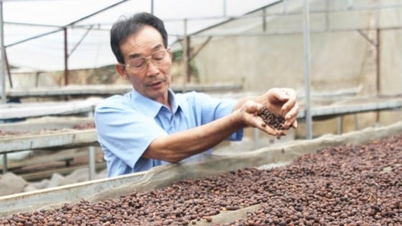





Comment (0)